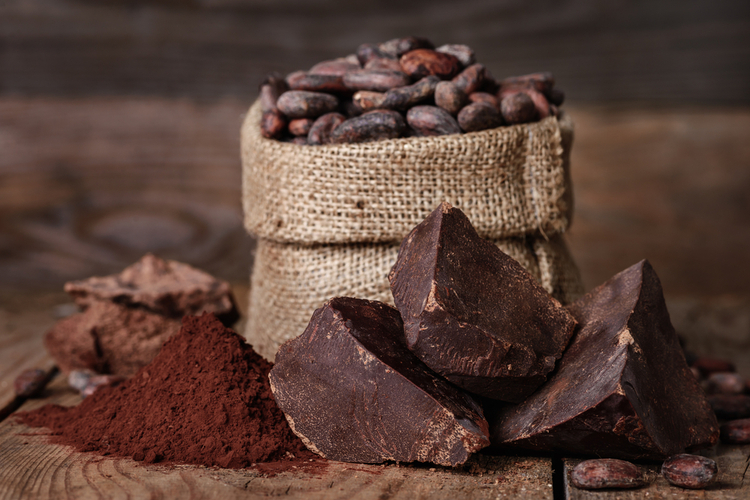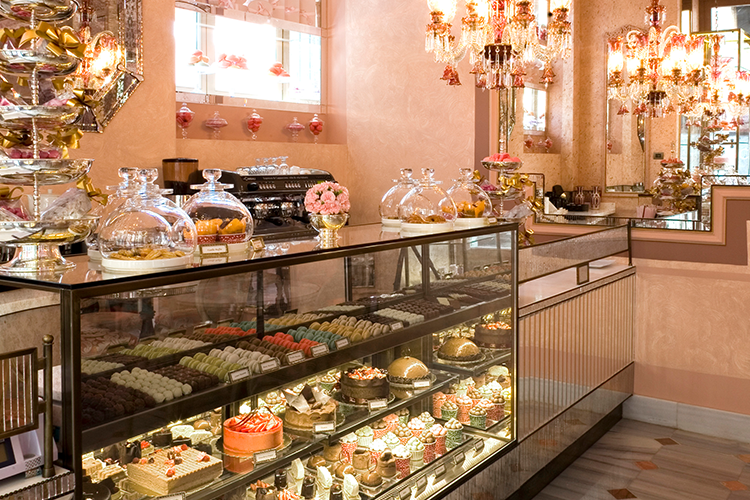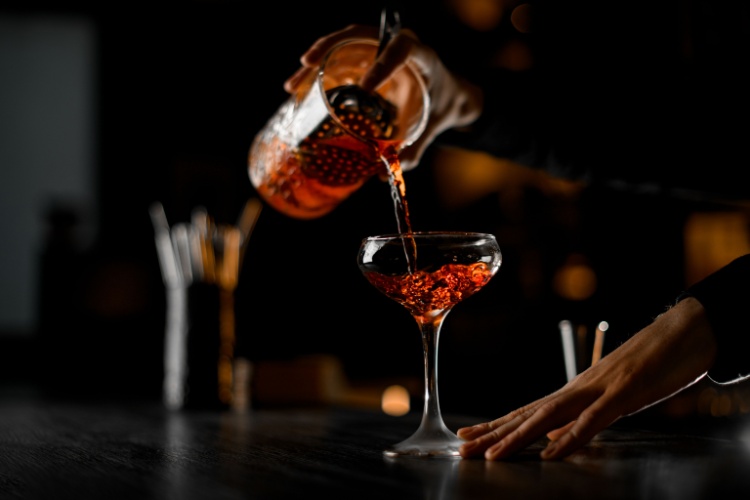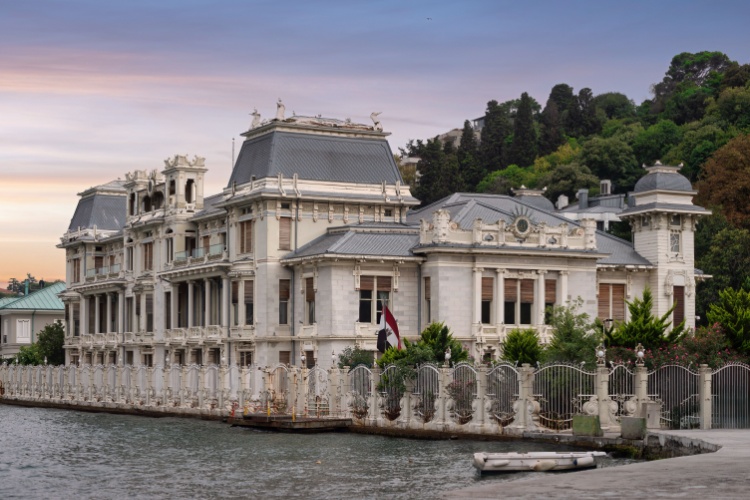The Interesting Story and Unknown Benefits of Chocolate: A Taste That Makes You Smile
Chocolate, with its countless varieties and irresistible flavor, is one of those unique flavors that everyone enjoys eating whether they are adults or children, makes us smile every time. Chocolate has taken such an important place in our lives from past to present that it is now one of the indispensables to our most special celebrations and happiest days. If you find yourself wondering how this wonderful taste appeared when you eat chocolate, you can learn the history of chocolate which does not fit into a thousand years, with us.
We Actually Owe Chocolate to the Olmecs
It is the result of a journey that took thousands of years for chocolate to reach its sweet and solid form that comes to mind today when we think of chocolate. The first traces of chocolate in history date back to 1500 BC.
Cocoa residues have been spotted in pottery that has been found in excavations to the south of the Mexican borders in present-day. These remains show that the Olmecs, who lived in the region at that time, were the civilization that discovered chocolate. According to the findings, the Olmecs used cocoa beans to make beverages by fermenting, roasting, or grinding them. The Toltecs and Aztecs, who ruled in the region after the Olmecs, continued to use cocoa beans in the same way. The Mayans, on the other hand, considered the cacao tree sacred, believed that the cocoa bean was magical, and described chocolate as unique to the Gods. In fact, the chocolate-making process takes place in a cultural ceremonial atmosphere, and chocolate can only be consumed during birth, marriage, and death rituals.
Chocolate Arrives in Europe as a Gift

The arrival date of chocolate in Europe was recorded as 1544, the year when the cocoa bean was gifted to King of Spain Philip II.
Nevertheless, since the Spanish colonization of the Americas took place at the end of the 1400s, chocolate came to Europe during these discoveries. However, it is estimated that it did not attract attention for a long time because it was consumed as a bitter drink at that time and its taste was disliked. Over time, sugar is added to chocolate, making it a popular beverage. However, it is difficult to make and use exotic and expensive materials such as cocoa, sugar, and spices. This caused the chocolate to be consumed only by the nobility in Spain. Furthermore, this situation prevents the chocolate from leaving Spain.
Afterward, the British’s introduction to chocolate is the most important step in the spread of chocolate in Europe. First, the British, who started sugar production in Barbados in the 1640s, then took Jamaica from the Spanish in 1655 and got their own cocoa cultivation areas. It is thought that chocolate supports digestion, is good for lung problems, and gives energy to the body at that time. For this reason, chocolate, which is still consumed as a beverage, becomes a product sold in pharmacies. Since mass production was not possible until the end of the 1700s, chocolate could only be consumed by the wealthy.
In 1828, Dutchman Casparus Van Houten and his father patented a method that separates cocoa butter from cocoa beans using the pressing technique and then pulverizes it to obtain a cocoa powder. Their invention makes chocolate accessible to everyone by facilitating the production of chocolate beverages. In 1847, the chocolate company J. S. Fry and Sons produced the first edible chocolate bar by mixing cocoa powder with sugar and cocoa butter. Afterward in 1867, Swiss Henry Nestlé discovered how to make powdered milk from milk by evaporation. In 1879, the Swiss Daniel Peter found the first milk chocolate by incorporating powdered milk into the chocolate bar.
In the years that followed, the drinkable and edible chocolate varieties that we know today became a part of our lives.
Chocolate Is as Beneficial as It Is Delicious
Chocolate, which has made a throne of our hearts with its taste, has many benefits when consumed in moderation. Especially as the cocoa content in chocolate increases, its positive effects can be perceived more.
- Chocolate, with its rich nutritional value, helps us to intake magnesium, manganese, selenium, iron, copper, zinc, phosphorus, and fiber needs of our body.
- Chocolate, which enables us to relax the veins, paves the way for healthier blood flow and can regulate our blood pressure. Since the improvement of blood flow makes it easier for oxygen to reach the cells, it can increase performance during exercise, especially in athletes.
- While supporting healthy brain functions with the flavanols in its structure, chocolate helps to strengthen our memory and improve our cognitive functions.
- Being a strong source of natural antioxidants, chocolate supports the body to be more resistant to various diseases.
- Chocolate also helps regulate cholesterol levels. In this way, it can play an important role in reducing the risk of heart disease and heart attacks.
- Thanks to the bioactive components it contains, it is also a very healthy food for the skin. While chocolate increases blood flow in the skin, it contributes to balancing the moisture rate of the skin and making it more resistant to sunlight.
You Can Celebrate the Entrance of Chocolate to Our Lives at Pera Palace Hotel

Although it is not known who first came up with the idea, World Chocolate Day has been celebrated on July 7 every year since 2009. The reason for choosing this date is because it is the representative anniversary of Europe’s meeting with chocolate. If you would like to enjoy this beautiful day celebrated by commemorating the history of chocolate all over the world and have a pleasant experience, you can try delicious handmade chocolates in the nostalgic and elegant atmosphere of Patisserie de Pera, located within the Pera Palace Hotel. You can spend pleasant hours at Patisserie de Pera to pamper yourself and your loved ones, or you can purchase these fresh products on your way home.
These articles may also be of interest to you:
Holiday Gifts Filled with Flavors That You Can Send to Your Business Environment!
Patisseries Witnessing History of Istanbul
Top 9 Historical Patisseries of Istanbul With Their Goluptious Tastes



